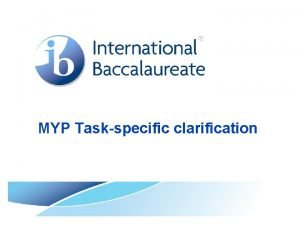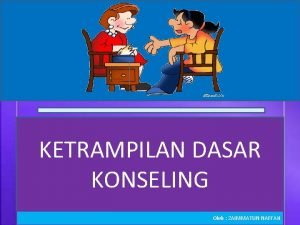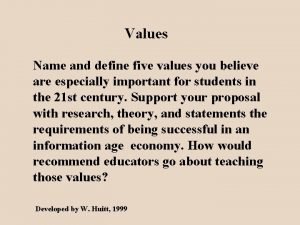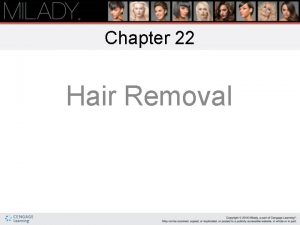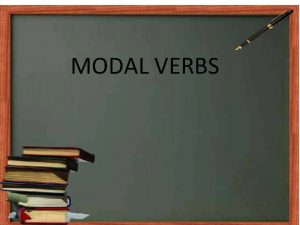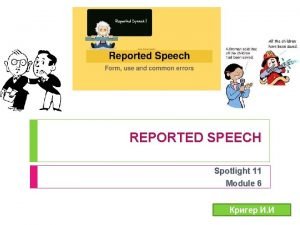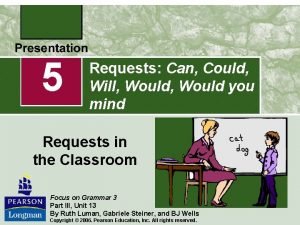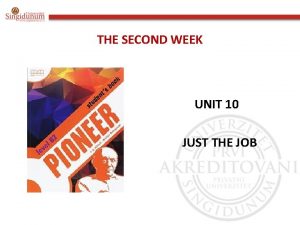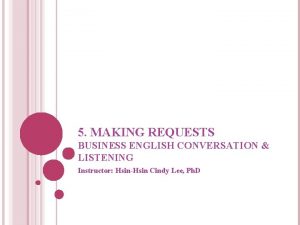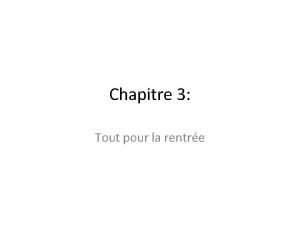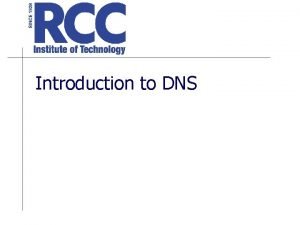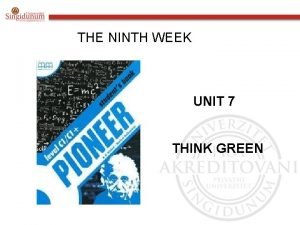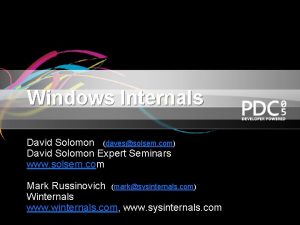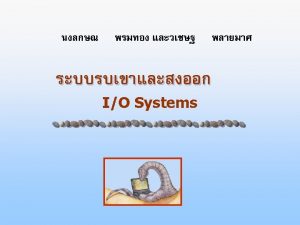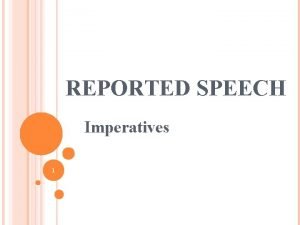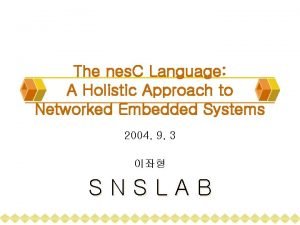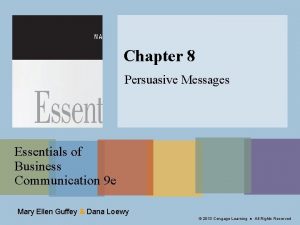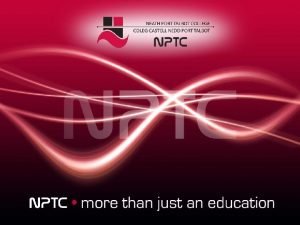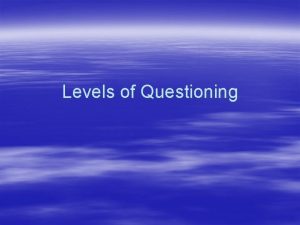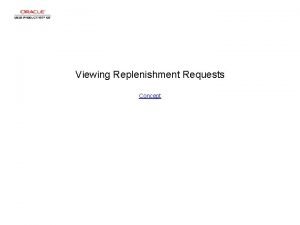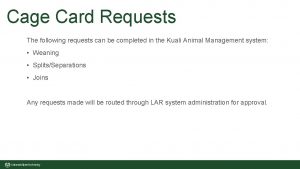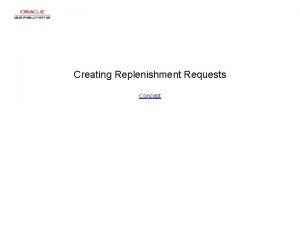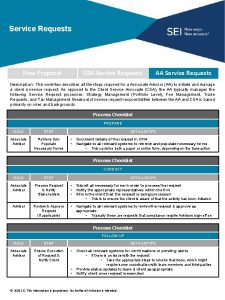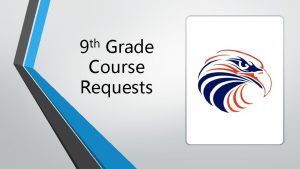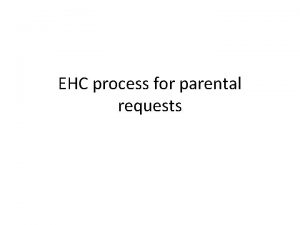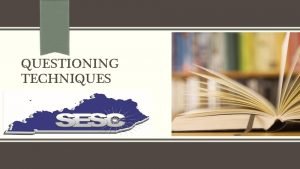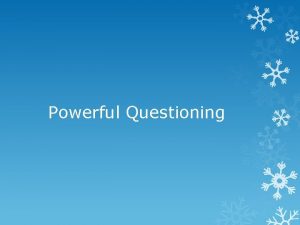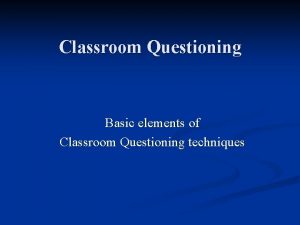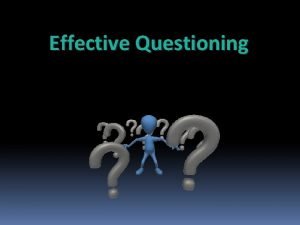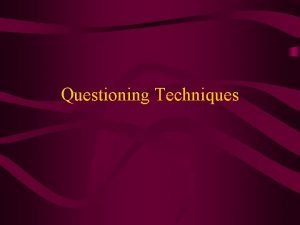Questioning the questioning Student clarification requests in an































- Slides: 31

Questioning the questioning: Student clarification requests in an ESL Classroom Douglas Cronyn San Francisco State University

Pragmatics “Having pragmatic ability means being able to go beyond the literal meaning of what is said or written, in order to interpret the intended meanings, assumptions, purposes or goals, and the kinds of actions that are being performed” -Ishihara & Cohen, 2014

Pragmatic focus Clarification requests q Do students know when and how to seek clarification from the teacher?

Pragmatic focus Clarification requests q Do students know when and how to seek clarification from the teacher? q If not, what may be the reasons for this?

Pragmatic focus Clarification requests q Do students know when and how to seek clarification from the teacher? q If not, what may be the reasons for this? q How can this be pedagogically addressed & awareness raised?

”The Clarification Request” Horseshack & the clarification request

Class research context • 1 st year composition for multilingual students class, SFSU • 19 students • Students from: India, Russia, Nigeria, Japan, Korea, Italy, China, Vietnam, Guatemala, and the United States (Latino)

Needs Analysis: Methods v Student survey (short answer & Likert scale) v Review of student writings on education experience v Review of research and pedagogical theory v Classroom observation (30 hours) and note taking v Teacher and student interviews

Student Survey: Question 2. If you have a question about teacher instructions and do not ask it, why is this so?

Student writings

Cultural considerations: ”One day in elementary school, a classmate raised his hand said “I came up with a good idea” when the teacher was explaining about an activity that we were going to have the following week. The answer from the teacher was “Can you wait until I finish speaking? ” She didn’t allow him to speak, and told him that no body begins talking when somebody else is talking…The things he wanted to share were a clarification question. . Growing up with this unique people, people tend to be passive. . . The environment is shaping us into passive citizens. ” - From a Japanese student in the class in one of her essays

Cultural considerations: ”One day in elementary school, a classmate raised his hand said “I came up with a good idea” when the teacher was explaining about an activity that we were going to have the following week. The answer from the teacher was “Can you wait until I finish speaking? ” She didn’t allow him to speak, and told him that no body begins talking when somebody else is talking…The things he wanted to share were a clarification question. . Growing up with this unique people, people tend to be passive. . . The environment is shaping us into passive citizens. ” - From a Japanese student in the class in one of her essays

Or teaching style? “the language used by the teacher affects the language produced by the students…a limited range of questions, the paucity of high-order questions, and insufficient waittimes also led to student reticence” -From Xie (2010)

Observations

Transcript analysis: • • Student-initiated questions Teacher-initiated questions Calling out vs. raising hands Time and context for questions

Student initiated questions • Bid to speak-“a student’s raising a hand without the teacher’s having asked a question” (Shepherd, 2010)

Student initiated questions • Bid to speak-“a student’s raising a hand without the teacher’s having asked a question” (Shepherd, 2010) • call out- “directing an utterance toward the teacher without having been nominated…also known as a “blurt” (Shepherd, 2010)

Teacher initiated questions • Individual nomination: “the teacher nominates a student who had not raised a hand or otherwise bid” (Shepherd, 2010)

Teacher initiated questions • Individual nomination: “the teacher nominates a student who had not raised a hand or otherwise bid” (Shepherd, 2010) • invitation to bid: “the teacher directs to the class a response opportunity and subsequently nominates a student who bid to respond”

Call outs vs teacher invitation/nominations & student bids to speak


Types & timing of student questions


Call out vs Hands raised tally • Total: 4/7 Ø 46 call outs Ø 2 hands raised

Call out vs Hands raised tally • Total: 4/7 Ø 46 call outs Ø 2 hands raised • 5/10 Ø 39 call outs Ø 1 hands raised

Lesson Unit Students “examine critically their own beliefs, assumptions, and skills…and observe ordinary events in the university community” Dantas-Whitney, 2011

Lesson Goals/SWBAT • Reflect on previous experiences and expected cultural norms • Observe interactions and take field notes • Interpret field notes and draw conclusions • Articulate findings



Next steps and challenges • • • Pilot lesson. Include teacher questions, general academic interactions, etc. ? Better understand other avenues of (un)clarification besides in-class questions.

Questions or comments?
 Task specific clarification myp
Task specific clarification myp Bid clarification meeting
Bid clarification meeting Reassurance dalam hubungan
Reassurance dalam hubungan Bid clarification meeting
Bid clarification meeting Clarification questions examples
Clarification questions examples Bid clarification meeting
Bid clarification meeting Ccea clarification of terms
Ccea clarification of terms Action learning approach in values education examples
Action learning approach in values education examples The most common form of temporary hair removal is:
The most common form of temporary hair removal is: Modal verbs
Modal verbs Supplier corrective action requests
Supplier corrective action requests Provide advice to guest
Provide advice to guest Reported commands and requests
Reported commands and requests Reported speech suggestions
Reported speech suggestions Could you mind
Could you mind Commands and requests
Commands and requests English conversation 5
English conversation 5 Making and responding to requests 2 bac
Making and responding to requests 2 bac Servers handle requests for other domains
Servers handle requests for other domains Reported commands examples
Reported commands examples How to sound more polite
How to sound more polite Commands and requests
Commands and requests Interrupt affinity policy tool
Interrupt affinity policy tool Transforming i/o requests to hardware operations
Transforming i/o requests to hardware operations Requests coming from
Requests coming from Indirect speech orders
Indirect speech orders Type b meeting requests
Type b meeting requests Commands and requests
Commands and requests Reported speech form
Reported speech form Rational appeals focus on making or saving money
Rational appeals focus on making or saving money National student clearinghouse student tracker
National student clearinghouse student tracker Good morning,students
Good morning,students
